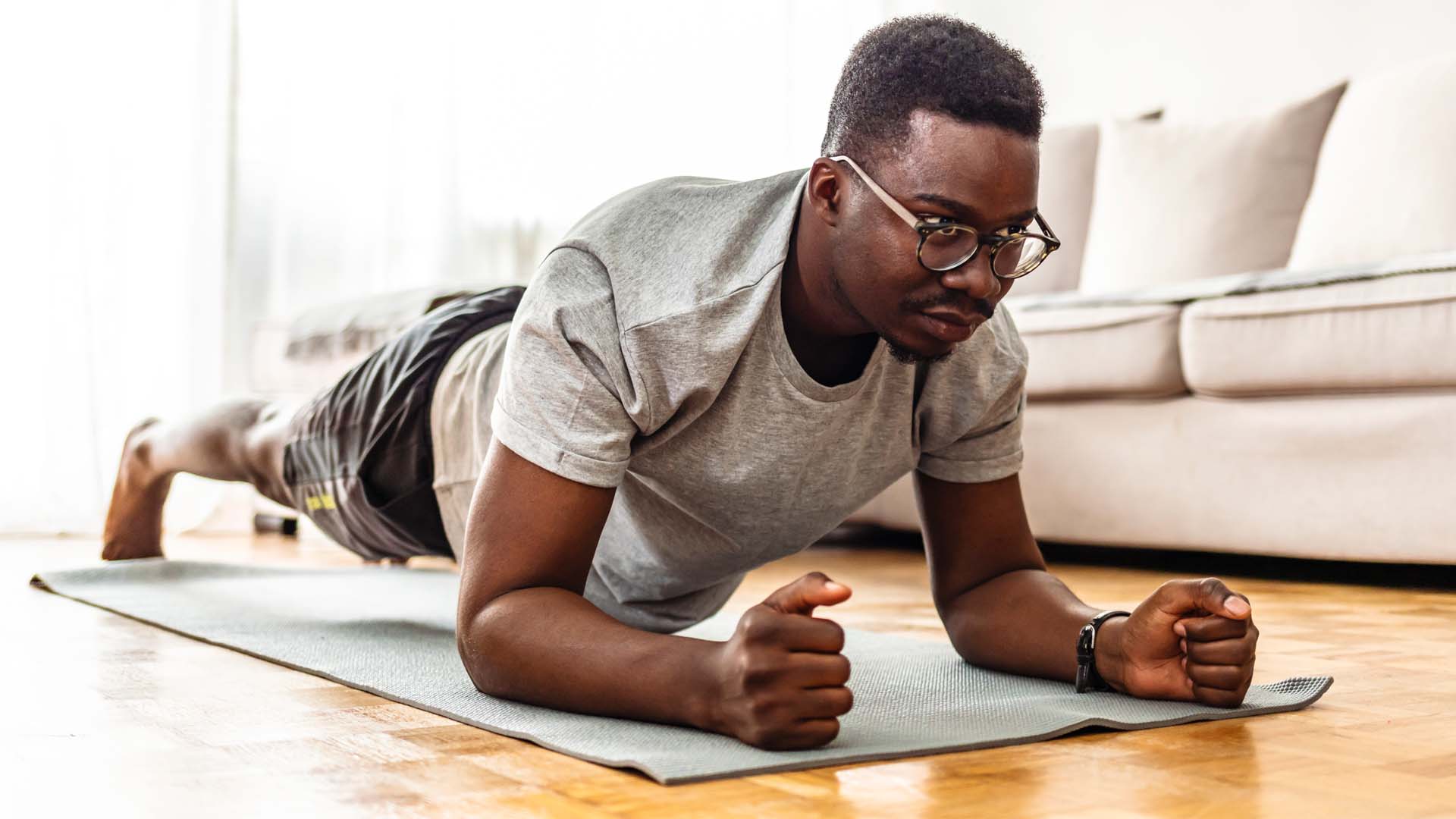When starting an exercise routine, it’s important to consider your goals. Are you exercising to manage a health condition, or do you want to make it a regular part of your lifestyle? There are a variety of exercises to choose from, as the body consists of many parts. You can focus on exercises for the arms, trunk, legs, neck, or head, depending on which area you want to target.
Exercise is essential for managing weight, preventing various health conditions and diseases, boosting mood, enhancing sleep quality, revitalizing one’s sex life, and offering numerous other health benefits. To achieve optimal health, it is important to follow the exercise guidelines recommended by the World Health Organization (WHO).
Running
Is considered a vigorous-intensity exercise that offers several benefits, such as strengthening muscles, improving cardiovascular fitness, building strong bones, and helping to maintain a healthy weight. However, it is not recommended to do it every day. Due to its intensity, frequent running can lead to sore muscles, stress, and prolonged fatigue.
Dancing
Dancing can be a valuable part of a healthy lifestyle when practiced regularly
According to a wellness blog, dancing incorporates various movements like jumping, hopping, shaking, shuffling, and shimmying. It is an intense workout that helps burn calories and elevate the heart rate. Additionally, dancing is known to improve mood and boost fitness levels.
There are a variety of dance styles and exercises that cater to different age groups and health conditions, highlighting the importance of being aware of one’s individual health status.
RIDING OF BICYCLES
A 2019 review highlights that cycling helps reduce the risk of cardiovascular diseases and enhances cardiovascular fitness.
Cycling benefits include improved lower body function, strengthened leg muscles, increased muscular endurance, reduced stress levels, better posture and coordination, and lower body fat, among others.
Sokunbi points out that there are two types of bicycles: mobile ones used on the streets and stationary ones that stay in place during exercise. He recommends cycling for at least 30 minutes regularly.
WALKING
Statistics show a global rise in sedentary lifestyles, which can lead to long-term health issues such as obesity, type 2 diabetes, and cardiovascular diseases.
To combat this, it’s recommended that everyone, regardless of age or status, aim to walk around their home for an hour daily or take approximately 10,000 steps each day. If walking isn’t feasible, alternatives like cycling, jogging, or even moving around by running on the spot, doing push-ups, or jumping can help.
At work, it’s crucial to avoid sitting for prolonged periods. Take short walks around the office and use the stairs whenever possible to reduce the risks associated with a sedentary lifestyle.














